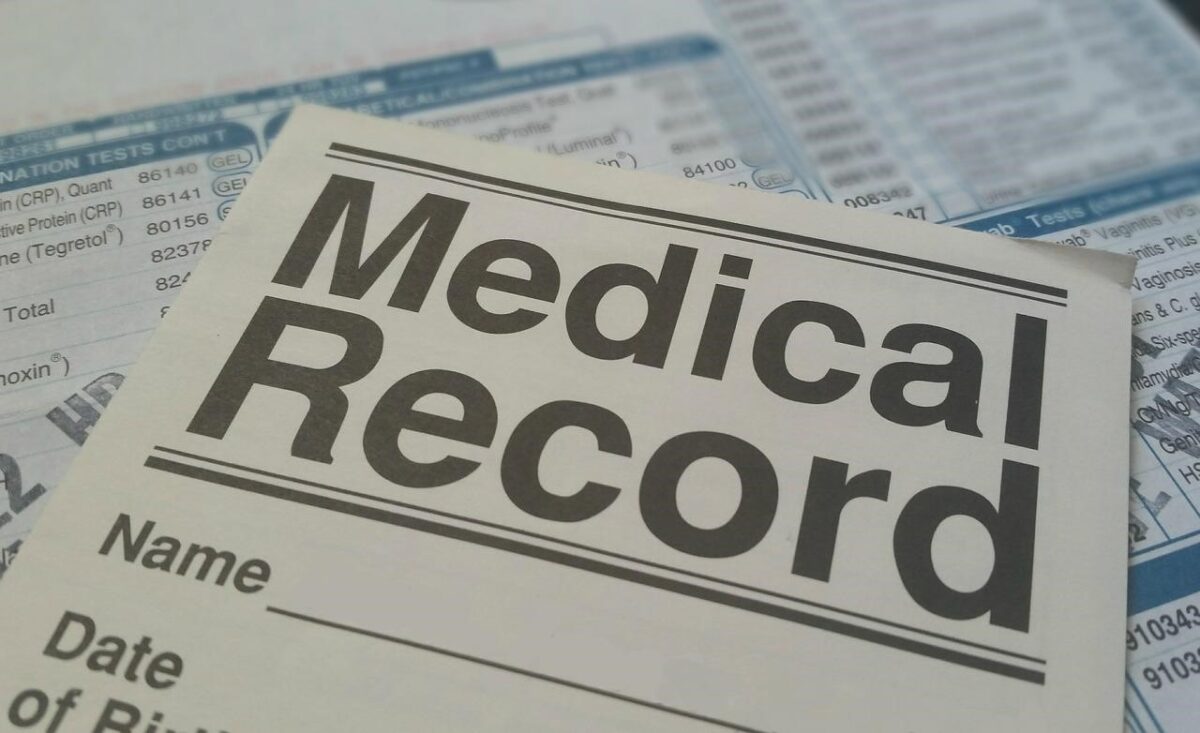Document digitization is gaining ground in the business world, as its numerous benefits have shown to improve efficiency and help reduce the probability of human error.
However, medical records scanning is still lagging behind in the medical field, as many medical facilities still rely on paper records every day.
But the good news is that the medical industry is taking the steps in the right direction, and some of the more forward-thinking facilities are already enjoying the benefits that digitization can offer.
But what are some of the most important considerations when it comes to patient charts scanning? And what’s the best way to digitize your medical records?
Let’s explore below.
Why Should You Digitize Patient Charts?
Even though record digitization is a worldwide trend, not everyone is sold on the benefits that it can offer. In fact, many medical facilities still rely on legacy systems that use paper records and aren’t convinced of whether making the switch will be worth it.
However, the mere storage considerations alone are a compelling enough argument, as securing the paper records of thousands of patients is a huge challenge, especially when the records need to be easy to access as well.
Because of the toll that such an outdated system can take on the staff, human error is practically unavoidable, and in the medical field that can have disastrous consequences.
How Should You Scan Patient Charts?
When you make the decision to digitize patient charts, the first question that comes up is whether the scanning process should be performed in-house or outsourced to a scanning service provider.
At first consideration it may seem that scanning patient charts in-house is the best choice. But on closer inspection, the costs associated with this approach are typically not sustainable. High volume scanning equipment is very expensive, and even large-scale projects aren’t likely to make it worthwhile.
What’s more, the time and effort it would take to execute on-site document scanning are hard to quantify as well. The number of people needed to hire and train is often beyond the means of most facilities, especially when you consider the many intricacies involved in scanning patient charts. This includes preparing the documents for scanning (removing staples, clips, etc.), scanning the pages properly, indexing patient data, creating searchable PDF files from the scanned images, formating the files for use within your EMR/EHR system, etc. Any errors made during these important steps can have dramatic consequences.
For these reasons, opting for medical records scanning services is the right choice in most situations.
That way, you can leverage the modern equipment, the human resources, and the expertise of the services provider, ensuring that the project goes smoothly and that you achieve the results that you want.
If you find the right provider, you can execute even large projects quickly, as they will have enough equipment to quickly go through your entire document storage and digitize the records in an organized and secure manner.
This will also allow your staff to focus on more productive activities and prepare to use a digital system in the near future.
Smooth Solutions has been providing medical records scanning services for over 2 decades for various hospitals, medical centers and private practices. Our vast experience, high end equipment and secure, HIPAA compliant scanning facility make us the best choice for digitizing your medical records efficiently and affordably. Call or email us today to request a free quote.

